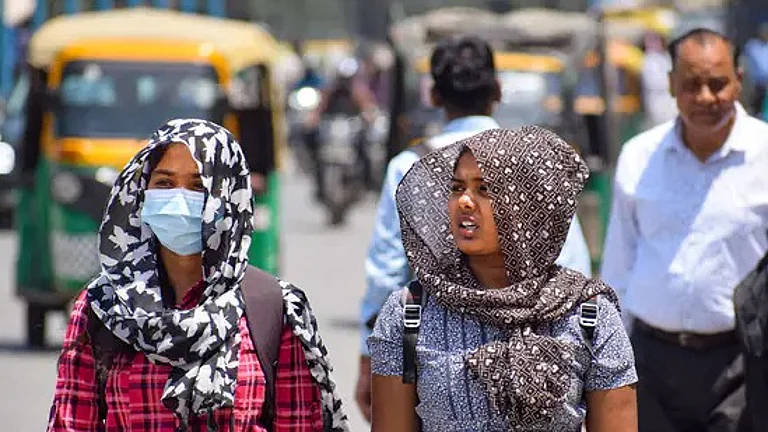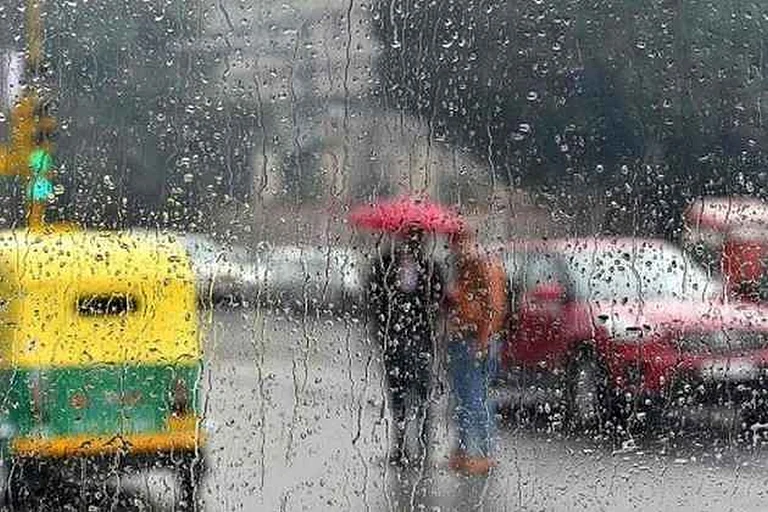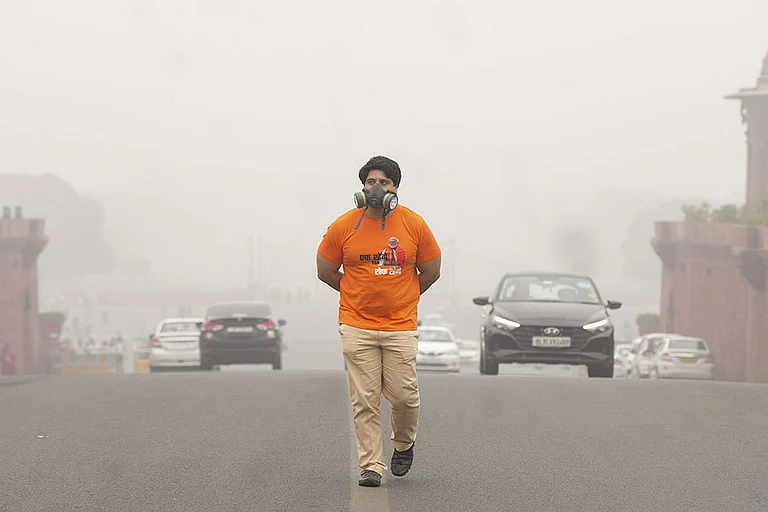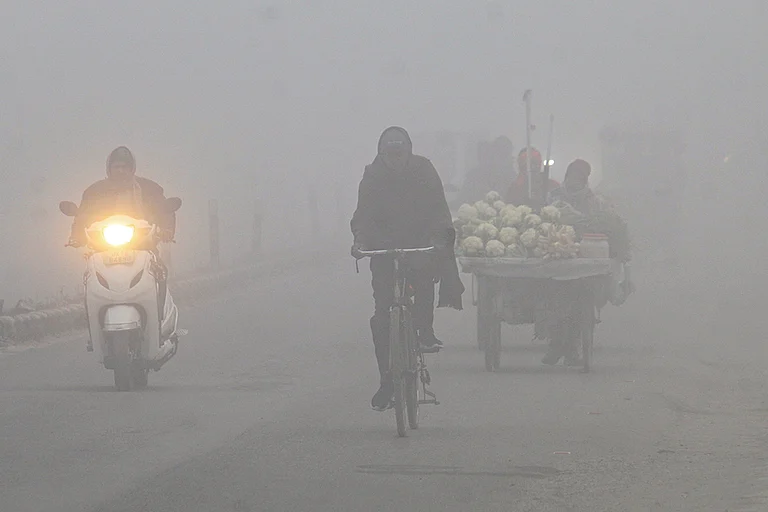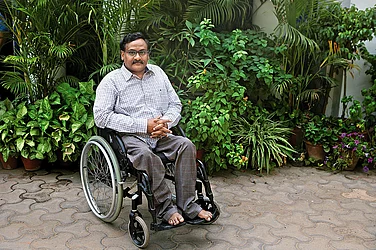This year, April has been unusually hotter with a significant amount of geographical area across the nation experiencing sweltering heatwave conditions, according to the India Meteorological Department (IMD).
So far, the southern peninsular and the southeastern coast areas have faced the consequences of mercury soaring at an unprecedented rate while the northern regions of the nation are yet to feel the heat.
Here in this article, we will discuss the most frequently searched queries regarding the heatwaves and how the affected states are dealing with the trouble.
Indian regions that are prone to heatwaves
Geologically, as the Core Heatwave Zone (CHZ) encompasses the central, north, and peninsular India placed between Gujarat in the west and West Bengal in the east, the following states are particularly susceptible to heatwave conditions every summer between March to June and occasionally in July.
Rajasthan
Punjab
Haryana
Chandigarh
Delhi
Madhya Pradesh
Uttar Pradesh
Chhattisgarh
Odisha
Vidarbha in Maharashtra,
Parts of Gangetic West Bengal
Coastal Andhra Pradesh
Telangana
Heatwave situations across states
From preponing summer vacations or extending holidays to avoiding dehydration and exposure to heat here's a brief account of how the states are battling the scorching summer this year.
West Bengal
Heatwave prevails in south Bengal and many parts of the northern districts of West Bengal. As per the Met department's forecast it will continue, particularly in southern districts, till May 2 with the maximum temperature recorded at 44.3 degrees Celsius.
In a bid to tackle the situation, the state government has already announced the preponing of the summer vacation in state-run and state-aided schools.
Tripura
The Tripura government has decided to extend the holiday in all schools across the state till May 1 due to the ongoing heatwave. Earlier, the government declared the closure of all the schools - government, government-aided, and privately managed ones - from April 23 to 28 due to the scorching heat in the northeastern state.
Temperature as high as 39 degrees Celcius was predicted for the state by IMD.
Bihar
Bihar continues to reel under sizzling heat as the day-time temperature continues to cross 42 degrees Celsius. Meanwhile, the IMD has predicted that heatwave conditions are likely to prevail over the state for another three or four days.
"People are advised to avoid exposure to heat, keep cool and avoid dehydration," a senior official of the Bihar Disaster Management Department said.
Jharkhand
The Jharkhand government has suspended classes up to grade 8 from Tuesday in the wake of the sweltering heat across the state.Classes 9 to 12 will function from 7am to 11.30 am, excluding prayer meetings, sports and other activities.
Kerala
The India Meteorological Department (IMD) on Monday sounded an 'orange alert' in Kerala's Palakkad district due to the possibility of a heatwave.
The state government has announced the closure of educational institutions in Palakkad and have instructed people to be cautious during hot days.
The weather agency also issued a 'yellow alert' in some areas of Kollam and Thrissur districts in the wake of scorching heat and due to the possible threat of a heatwave, the Kerala State Disaster Management Authority (KSDMA) said.
Odisha
Several parts of Odisha reel under severe heatwave with the mercury breaching the 43-degrees Celsius mark at 10 places, the Met Department said.
According to IMD in Bhubaneswar, Boudh in western Odisha and Baripada in the northern region remain the hottest places in the state, as both recorded a maximum temperature of 45.2 degrees Celsius.
When does IMD decide to sound a heatwave alert?
The India Meteorological Department (IMD) decides to sound a heatwave alert only when the normal maximum temperature recorded over at least two localities in plains touches 40 degree Celsius mark and exceeds 4.5 degree Celsius from normal while a severe heatwave is declared if the temperature exceeds 6 degrees Celsius from normal.
For the hilly and coastal regions, the heatwave condition is declared when temperatures cross 30 degrees Celsius and 37 degrees Celsius marks respectively.
What makes this April so unusually hot?
A warning of extreme and prolonged heatwave was issued by the India Meteorological Department (IMD) this year for substantially large parts of the country. The Met office had primarily cited two reasons behind the weather phenomenon.
First reason: El Nino State
According to the weather experts, 2024 is a year that began in an El Niño state. El Niño, is simple words, is defined as a weather pattern involving abnormal warming of surface waters in the equatorial Pacific Ocean leading to extreme heat in many parts of the world and the ocean. This state of El Nino developed in June 2023 and generally.
According to Mrutyunjay Mohapatra, director general of the IMD, in general, the years that begin in an El Niño state, are likely to experience extreme temperatures, harsh, multiple and extended heatwave spells followed by a lack of pre-monsoon rainfall.
Second reason: Prolonged presence of anticyclone systems
Besides El Nino, the second contributing factor is the persistent presence of over southern peninsular and southeastern coastal areas.
According to Mohapatra, these high-pressure anticyclone systems existing at about the altitude of 3 km and extending between 1,000 and 2,000 km in length, follow a mechanism called air subsidence where they push the air underneath them towards the Earth. As a result, the forcefully sunk air generates more heat on the surface closer to the Earth.
The presence of anticyclone systems also leads to wind flow from land towards the sea and prevents the incoming cooler sea breeze, which is otherwise responsible for cooling land from time to time.








